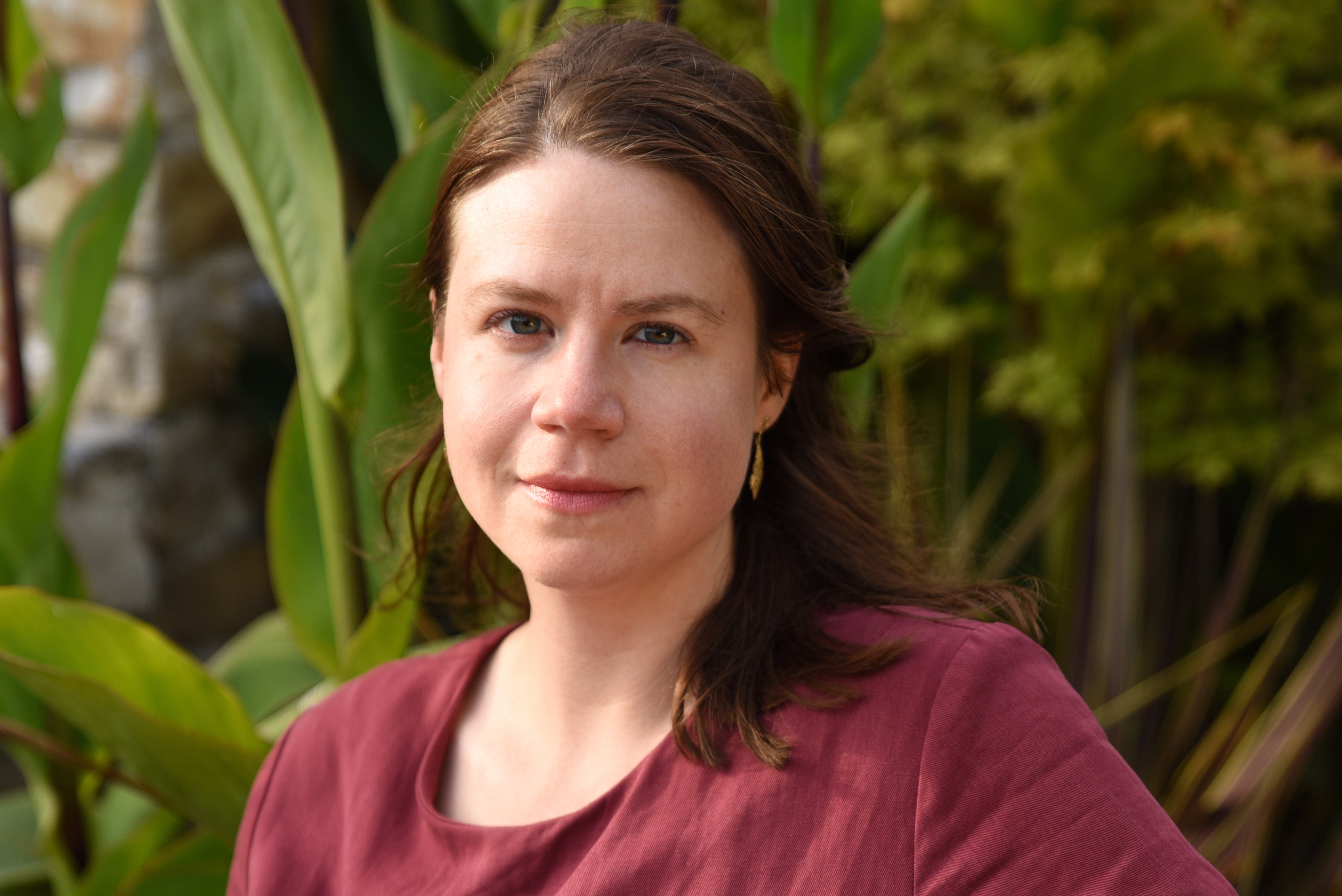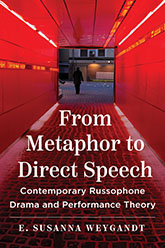|
From Metaphor to Direct Speech
Contemporary Russophone Drama and Performance Theory
E. Susanna Weygandt
“Explores in fascinating clarity the radical aesthetics and dissident, critical engagement of Russian New Drama.”
—Oksana Bulgakowa, author of Sergei Eisenstein: A Biography
Examining the major innovation of New Drama and its connection to social activism
New Drama—a collection of actors, directors, and playwrights in Russia, Ukraine, and Belarus—is one of the most active and vibrant artistic movements in the Russophone world today yet remains understudied in the West. E. Susanna Weygandt demonstrates that the major innovation of New Drama is a sonic turn, an aesthetic development that moves away from traditional, Stanislavskian embodied performance to something almost purely aural. New Drama, which began in the tumult following the collapse of the Soviet Union and continues even in an increasingly censorious Russia today, emphasizes contemporary social issues and privileges disadvantaged voices, using documentary modes to literally bring the voices of the dispossessed to the ears of the audience members.
As a result, the Russophone New Dramatists speak dissent and dramatize resistance. Ultimately, they shift theatrical productions from something contained and limited, in both place and time, to an ephemeral but unbounded gateway for social activism. The sonic stage thus effectively functions as a social forum, transposing action from the actors to the audience. From Metaphor to Direct Speech therefore contributes to cultural as well as performance studies, offering a compelling look not just at developments in theatrical modes but also at dissent and cultural aesthetics in Russia today.
 E. Susanna Weygandt, a visiting assistant professor of Russian at Sewanee: The University of the South, is a coeditor (with Maksim Hanukai) of New Russian Drama: An Anthology. Her research has been published in the Russian Review, Studies in Russian and Soviet Cinema, TDR: The Drama Review, and elsewhere.
E. Susanna Weygandt, a visiting assistant professor of Russian at Sewanee: The University of the South, is a coeditor (with Maksim Hanukai) of New Russian Drama: An Anthology. Her research has been published in the Russian Review, Studies in Russian and Soviet Cinema, TDR: The Drama Review, and elsewhere.
Praise
“Weygandt uncovers the central innovation of post-Soviet New Drama: the move from somatic to sonic modes of performance. The central argument is highly original, grounded in theory and scholarship, and persuasive. This is a transformative contribution that will have a lasting impact on our understanding of the major shifts in Russian theater over the past three decades.”
—Molly Thomasy Blasing, author of Snapshots of the Soul: Photo-Poetic Encounters in Modern Russian Culture
Table of Contents
List of Illustrations
Acknowledgments
Note on Translation and Transliteration
Introduction: The Postdramatic Turn on the Russian Stage and the Nonhierarchical Organization of Signs
1 The Paradigmatic Shift from Stanislavsky’s “Language of Gesture” to “Intonation as Gesture” in Anatoly Vasiliev’s Theater
2 The History of Russian New Drama and Mikhail Durnenkov’s Place in It
3 Speaking Up! Reporting Speech and Documenting Facts at Teatr.doc
4 Postdramatic Rap in the Theater and Cinema of Ivan Vyrypaev
5 The Sonic Inscription of Polina Agureeva Links Drama’s Roots to the Vyrypaevian Post-Dramatic
Conclusion: The Domain of the Sayable in Russian Theater and Public Performance Decades into New Millennial Russia
Notes
Index
|

Larger images
February 2025
256 pp. 6 x 9
32 b/w illus.
|

